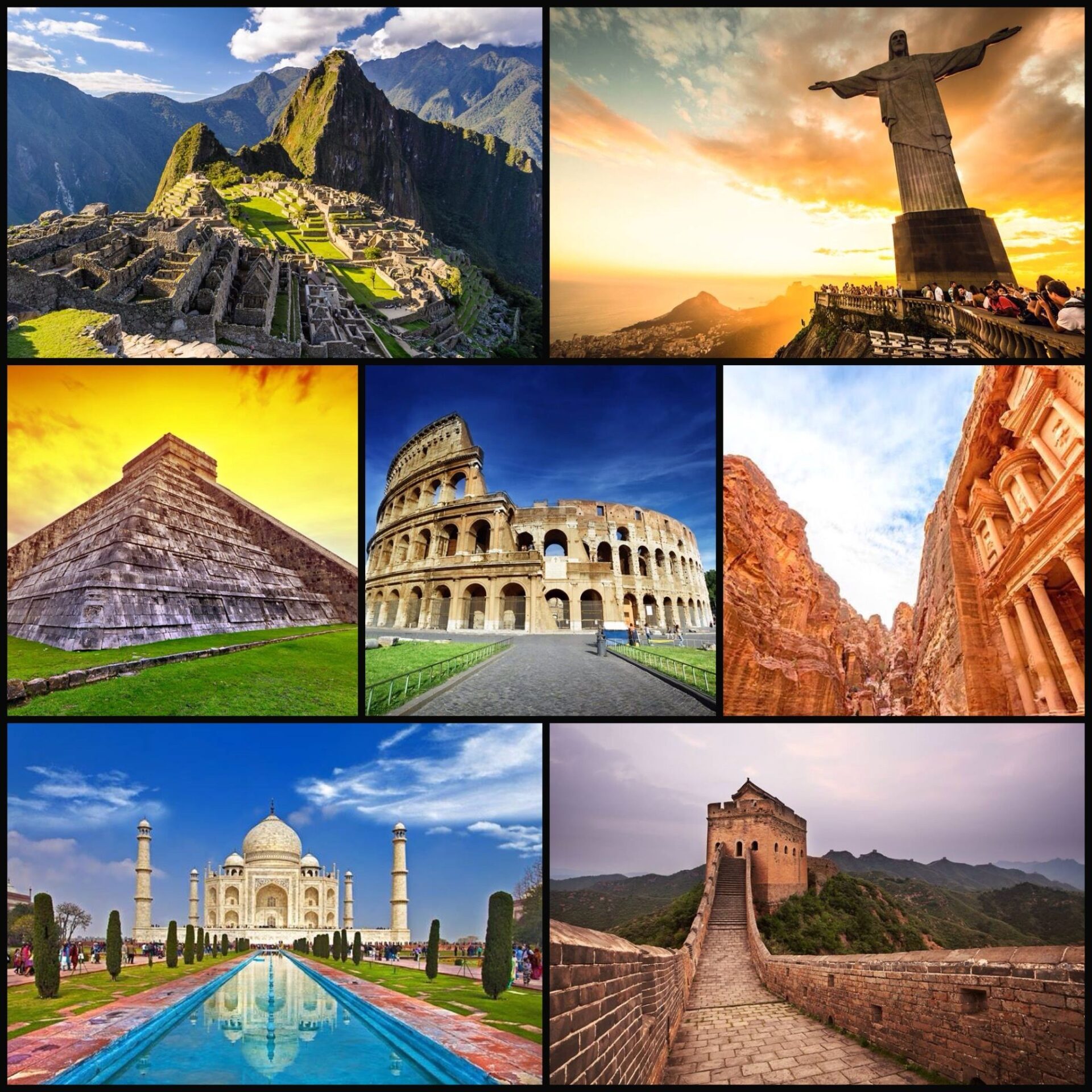Hawaii is known for its stunning beaches, lush tropical forests, and majestic volcanoes. Visitors to the islands often marvel at the sight of these active and inactive volcanoes, some of which are the most iconic landmarks in the state. If you’re looking to explore the volcanoes of Hawaii, this blog post will tell you which ones you can visit, how to get there, and what you can expect to see. From Kilauea to Mauna Loa, there are plenty of amazing sights to behold in the volcanoes of Hawaii. Read on to find out more!
Types of Volcanoes in Hawaii
Hawaii is home to three main types of volcanoes: shield volcanoes, cinder cone volcanoes, and stratovolcanoes. Shield volcanoes, such as Mauna Loa and Kilauea, are the most common type found in the Hawaiian Islands. These volcanoes are characterized by their gentle sloping sides and broad, shield-like shape. Shield volcanoes are formed by the eruption of highly fluid lava, which flows easily and covers large areas.
Cinder cone volcanoes, like Puu Oo and Puu Wekiu, are smaller in size and more conical in shape. These volcanoes are formed from the explosive eruption of lava fragments, which accumulate around the vent and form a cone-shaped mountain.
Stratovolcanoes, such as Mauna Kea and Haleakala, are the tallest and most imposing volcanoes in Hawaii. These volcanoes have steep sides and are formed by alternating layers of lava, ash, and other volcanic material. Stratovolcanoes are known for their explosive eruptions and can reach heights of over 13,000 feet.
Each type of volcano in Hawaii offers a unique landscape and geological history. Whether you’re exploring the gentle slopes of a shield volcano or the rugged peaks of a stratovolcano, you’re sure to be amazed by the diverse and breathtaking volcanic scenery found throughout the islands.
Number of Volcanoes in Hawaii
Hawaii is home to a surprising number of volcanoes, with a total of 5 active volcanoes and several other dormant or extinct ones. The Big Island, also known as Hawaii Island, has the majority of these volcanoes. In fact, it is home to two of the world’s most active volcanoes: Kilauea and Mauna Loa.
Kilauea has been erupting almost continuously since 1983, and visitors can witness its current eruption at the Hawaii Volcanoes National Park. Mauna Loa, on the other hand, is the world’s largest volcano and last erupted in 1984.
Other volcanoes in Hawaii include Hualalai and Mauna Kea, both located on the Big Island, as well as Haleakala on Maui. Although Haleakala is dormant, it is still considered an active volcano.
Visitors can also explore other volcanic sites such as the Pu’u ‘O’o Vent, located within the Hawaii Volcanoes National Park, and the Kilauea Iki Crater. With so many volcanoes to explore, Hawaii is truly a volcanic wonderland.
It’s important to note that while visiting volcanoes in Hawaii can be a fascinating experience, it can also be dangerous. Always check for park closures and any eruption warnings before planning a trip. Additionally, visitors should heed all safety warnings and never venture off designated trails or areas.
Volcanoes you can visit on Big Island
If you’re interested in exploring volcanoes in Hawaii, the Big Island is the place to be. There are two active volcanoes on the island: Kilauea and Mauna Loa. Kilauea is located within the Hawaii Volcanoes National Park, and visitors can hike around the rim of the volcano and even walk through a lava tube. The Visitor Center at the park offers guided tours and educational exhibits to help you learn more about the volcanic history of the island.
Mauna Loa, on the other hand, is the world’s largest active volcano and is located within the boundaries of the national park. While visitors cannot hike on the summit of the volcano, there are plenty of hiking trails and overlooks where you can enjoy stunning views of the volcano. The Visitor Center also offers information about Mauna Loa’s history and geology.
In addition to Kilauea and Mauna Loa, there are other volcanoes on the Big Island that are worth exploring, such as Hualalai and Mauna Kea. However, it’s important to keep in mind that these volcanoes are not currently active and can be more difficult to access. As always, make sure to check with local authorities before attempting to hike or visit any volcanic areas.
Kilauea Volcano and its Visitor Center
It has been continuously erupting since 1983, making it the longest-lasting eruption in modern history. The Kilauea Visitor Center is located just outside the entrance to Hawaii Volcanoes National Park, which is home to the Kilauea volcano.
At the Visitor Center, you can learn about the history and geology of the Kilauea volcano, watch educational films, and participate in ranger-led programs and hikes. There are also exhibits on the natural and cultural history of the area.
The Kilauea Iki Trail is a popular hiking trail that leads to the floor of the Kilauea Iki Crater, which was created during a massive eruption in 1959. Visitors can hike through the rainforest and across the crater floor to witness steam vents, sulfur banks, and volcanic fumes.
It is important to note that Kilauea is an active volcano, and safety should be a top priority. Visitors should always follow the instructions of park rangers and stay on marked trails. It is also recommended to wear sturdy shoes, bring plenty of water, and be prepared for sudden weather changes.
Mauna Loa Volcano and its Visitor Center
Mauna Loa is one of the most active volcanoes in the world and it is located on the Big Island of Hawaii. With a height of over 13,000 feet, it is also one of the tallest mountains on the planet. Its last eruption was in 1984 and it has been monitored ever since to ensure that it doesn’t pose any threat to nearby communities.
To visit Mauna Loa, you can head to the Hawaii Volcanoes National Park where the volcano’s summit can be reached by a long hiking trail. The trail is over 16 miles long and takes around two days to complete, but it is well worth it as you will be rewarded with breathtaking views of the surrounding landscape. You can also explore the area around the summit, where you can see the remnants of past eruptions.
At the Mauna Loa Visitor Center, you can learn more about the volcano’s history, geology and current activity. The center has a variety of exhibits and displays, including a 3D model of the volcano and interactive displays that allow visitors to experience a volcanic eruption. The knowledgeable staff can answer any questions you may have and provide information on how to explore the area safely.
If you are interested in visiting Mauna Loa, make sure to check the park’s website for updates on volcanic activity and weather conditions. Remember to bring appropriate gear and supplies for hiking and to take all necessary precautions when exploring the volcano.
Haleakala National Park on Maui
Standing at an impressive height of 10,023 feet above sea level, Haleakala Volcano offers stunning views of the sunrise and sunset. It is also one of the best places in Hawaii to go stargazing.
Haleakala National Park is divided into two districts – the summit district and the Kipahulu district. The summit district is home to the dormant volcano and offers a variety of hiking trails. One of the most popular hikes is the Sliding Sands Trail, which takes you through the crater of the volcano and offers amazing views of the unique landscape.
The Kipahulu district is located on the southeastern side of Haleakala and features waterfalls, bamboo forests, and freshwater pools. One of the most popular attractions in this district is the Oheo Gulch, which features a series of cascading waterfalls and freshwater pools.
To visit Haleakala National Park, you will need to purchase a park pass, which can be obtained at the park entrance. Visitors are advised to dress warmly and bring plenty of water and snacks, as temperatures can be quite cold at the summit. Additionally, it is important to follow all safety guidelines and stay on designated trails.
Other Volcanoes in Hawaii Worth Exploring
While Kilauea and Mauna Loa are the most famous volcanoes in Hawaii, there are other fascinating volcanic sites worth exploring.
On Maui, the dormant volcano Haleakala offers stunning views of its expansive crater, which is 10,000 feet above sea level. Visitors can hike the trails that traverse the volcano, bike down the slopes, or enjoy a scenic drive to the summit. Haleakala National Park is also home to unique flora and fauna, such as the endangered Haleakala silversword plant and the Hawaiian goose.
On the island of Oahu, visitors can hike the Koko Crater Trail, which leads to the top of Koko Crater, a 1,208-foot cinder cone. The hike is steep and challenging, but the panoramic views from the top are breathtaking. Visitors can also explore the Diamond Head State Monument, a volcanic tuff cone located on the southeastern coast of Oahu. The hike to the summit is only 0.8 miles but is steep and includes a series of stairs.
In addition to these sites, Hawaii Island also has several other volcanic areas worth visiting, such as the Pu’u Loa Petroglyphs, the Chain of Craters Road, and the lava tubes of Kaumana Caves. No matter which volcanic sites you choose to visit, be sure to bring plenty of water, sunscreen, and appropriate clothing and footwear for the terrain.
Precautions to take when visiting volcanoes in Hawaii
Visiting volcanoes in Hawaii can be a thrilling experience, but it’s important to remember that they are still active natural wonders that pose potential dangers. Before setting off on your adventure, be sure to take some necessary precautions.
First and foremost, check the weather forecast and volcanic activity reports before heading out. Be aware of any hazards such as falling rocks, volcanic ash, and toxic gas emissions. Additionally, be mindful of the trails and areas you visit, and always stick to designated paths.
When hiking in volcanic areas, wear sturdy shoes and bring plenty of water, as well as snacks. It’s also advisable to bring a first-aid kit in case of any minor injuries.
Another important factor to consider is the sun and heat exposure. Wear sun-protective clothing, apply sunscreen, and bring a hat or sunglasses to protect your eyes.
Lastly, respect the local culture and customs surrounding the volcanoes, and never remove rocks or artifacts from the area.
By taking these precautions, you can enjoy a safe and memorable experience exploring the volcanoes of Hawaii.




